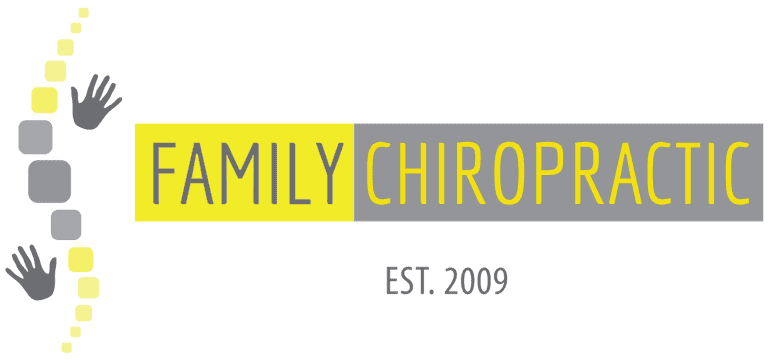Chiropractic Care: Forward Head Posture Or Hyperkyphosis

Get a mirror, turn to your side, now if you can draw a straight line from the center of your ear down to the center of your shoulders then congratulations, forward head posture is the least of your worries. However, if can’t draw a straight line, especially if you have noticed that the degree of the curve is increasing over time, you could be a hyperkyphosis patient candidate.
Most of the time, people who have poor posture or are slumped over the computer all the time are the ones who suffer from this condition. Having this condition feels similar with having a bowling ball hanging around your neck all the time.
Moreover, aside from the strain on the nape, people who have FHP are also susceptible to chronic headaches, decreased respiratory muscle strength and reduced lung capacity. Even disc herniation, arthritis, pinched nerves, abnormal functions of the eyes and the ears have linked to this condition. Especially those in a long term FHP.
That’s what forward head posture can do to you, at first your head simply just looks weird but left uncorrected, it could actually take a toll on your health.
Signs
If you know that your everyday activities or your job is likely to cause this condition to develop, you might want to make a conscious decision to prevent this from happening. When you start to notice that:
- Your head looks weird or your family/friends/co-workers says so.
- You’re walking more slowly
- You’re having a difficulty getting up from a chair, out of bed or out of bath tub
- You’re experiencing light-headedness or feeling off-balance
- You’re more tired than the usual
You shouldn’t take this signs lightly. Make sure you consult your primary health care provider or a chiropractor who can reverse the joint fixations using spinal adjustment and eventually correct the misalignment.
Prevention
To prevent yourself from suffering from this, you can:
- Feed your bones with enough calcium and vitamin D to strengthen them. This will prevent bone thinning which results to spinal fractures and hyperkyphosis
- Be aware how you much you bend your waist or twist your trunk
- Make changes in your lifestyle. No more heavy lifting, doing exercises with a lot of forward bending, and use back cushions or supportive chair if possible when sitting
- Roll to your side when getting up from bed.
- Consult a doctor as early as you notice the signs and ask for recommendation.
Treatment
When you do consult a doctor/physical therapist/chiropractor he or she will recommend a treatment based on your condition. Possible treatments may include:
- Heat/ice therapy or TENS for pain management
- Strengthening exercises, stretching and postural alignment training to prevent FHP from further declining.
- Therapeutic training or specialized braces to reduce the curvature
- Breathing exercises to help your lung capacity to increase.
- Walking (gait) training and balance exercises to lessen the risks of falling
- Education to ease your physical functioning by improving your daily activities





